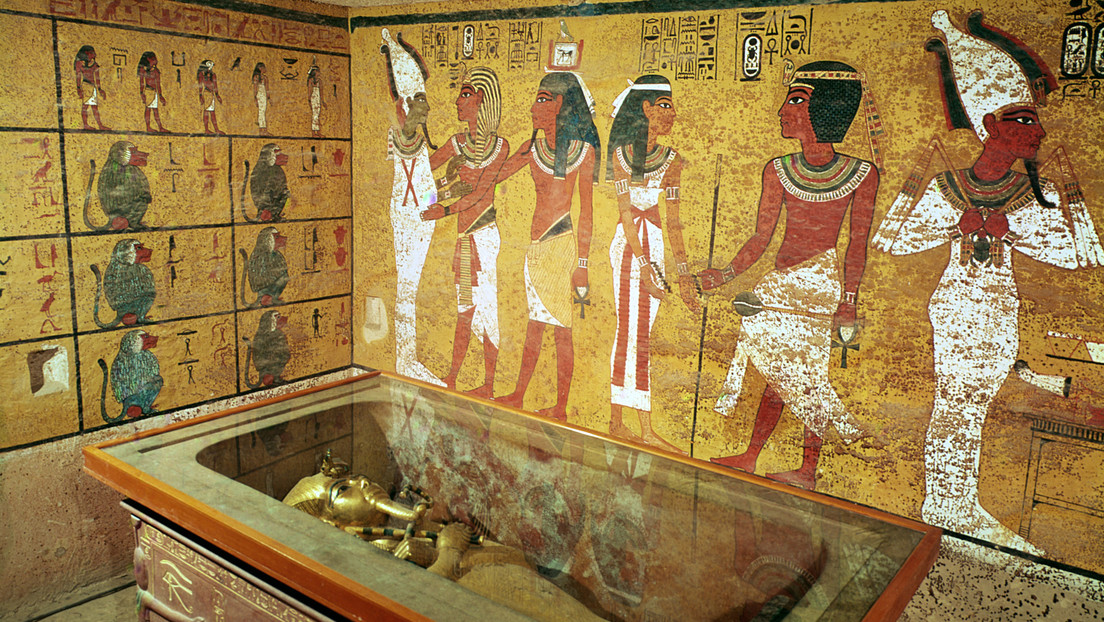
The deadly fungus Aspergillus flavus, associated with the legend of the pharaohs' curse, may serve as a cure for several types of cancer, the University of Pennsylvania (USA) reported in a statement.
Aspergillus flavus, named after its yellow spores, has long been considered a deadly fungus, especially for archaeologists exploring ancient tombs.
After isolating a new class of molecules from these organisms, researchers modified the chemicals and tested them against cells affected by leukemia. The results exceeded expectations.
Fungi gave us penicillin, said Sherry Gao, associate professor of chemical and biomolecular engineering and author of the study published in Nature Chemical Biology. "These results demonstrate that there are still many more medicines derived from natural products yet to be discovered," she added.
From Curse to Cure
After the opening of Tutankhamun's tomb in 1922, a series of untimely deaths among the excavators sparked rumors of a curse on the pharaoh. Decades later, doctors theorized that fungal spores, dormant in the tomb for years, may have played a role.
In the 1970s, a team of archaeologists entered the tomb of the Polish king Casimir IV. Within weeks, 10 members of the expedition had died. Further investigation showed that the tomb contained A. flavus, whose toxins can cause severe lung damage, especially in people with weakened immune systems.
However, the University of Pennsylvania team studied the fungus and found molecules that formed a unique structure of interlocking rings, which they named asperigimycins.
After identifying these molecules, which scientists described as a class of ribosomally synthesized and post-translationally modified peptides (RiPPs), they modified them and tested them in combination with cancer cells. The new substances effectively inhibited the activity of cancer cells.
The researchers then added lipids (fat molecules) to the mixture. The result was that the so-called Pharaoh's Curse worked as well as the drugs cytarabine and daunorubicin, both approved by the US Food and Drug Administration to treat leukemia.
Notably, the compound showed little to no effect against breast, liver, and lung cancer cells, as well as against a variety of bacteria and fungi. This suggests that the action of asperigimycins is selective, a key aspect for their development as a medicine. (Text and photo: RT)